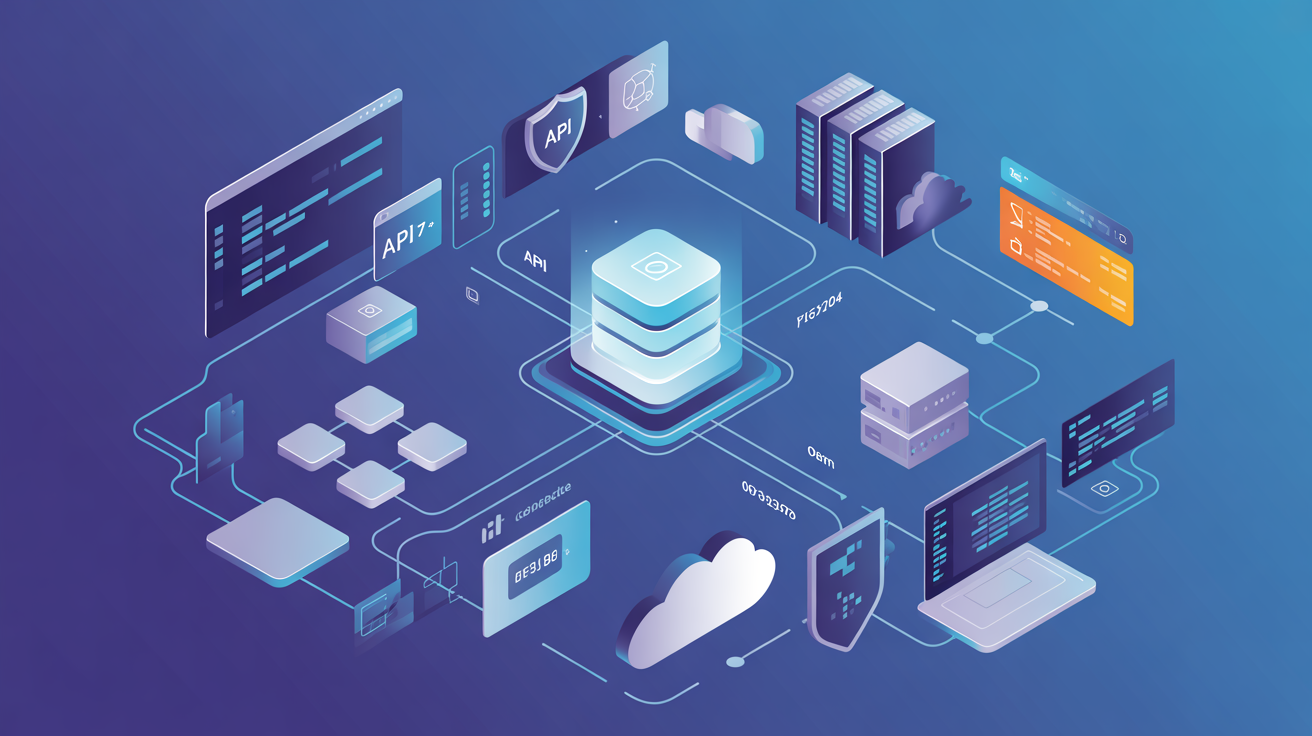NetBox and Infrastructure Automation
Welcome to the first article in our series exploring open-source tools that deliver genuine value to businesses. At ThingSmart, we’re committed to sharing insights about solutions that enhance infrastructure management without excessive cost. Today, we’re examining NetBox and its role in modern infrastructure automation.
The Infrastructure Documentation Challenge
Many organisations face a common challenge: infrastructure documentation that exists across multiple systems; spreadsheets tracking IP addresses, static diagrams that quickly become outdated, and tribal knowledge held by individual team members. This fragmentation creates inefficiencies and increases operational risk, particularly during critical incidents or staff transitions.
NetBox: A Comprehensive Infrastructure Resource Model
NetBox is an open-source infrastructure resource modeling (IRM) application that provides a centralised repository for network and data centre infrastructure data. Originally developed by DigitalOcean’s network engineering team, it functions as both an IP address management (IPAM) and data centre infrastructure management (DCIM) solution, whilst offering extensive API capabilities that enable advanced automation workflows.
The platform maintains detailed records of IP addressing, devices, connections, circuits, and associated metadata within a single, authoritative database. What distinguishes NetBox from traditional documentation tools is its API-first architecture, which makes infrastructure data programmatically accessible and actionable.
Diagram-as-Code: Dynamic Infrastructure Visualisation
One of the most significant advantages of NetBox is its support for diagram-as-code approaches. Rather than manually creating and maintaining network diagrams in tools like Visio or Lucidchart, organisations can generate diagrams programmatically from NetBox’s live data.
This approach involves writing scripts, typically in Python that query NetBox’s REST API and automatically generate visual representations of network topology, device relationships, and connectivity. Libraries such as Graphviz, Diagrams, or Python’s NetworkX can consume NetBox data and produce accurate, current diagrams on demand.
The benefits are substantial:
- Accuracy: Diagrams reflect actual infrastructure state rather than historical snapshots
- Consistency: Visual representations follow standardised formats and conventions
- Efficiency: Diagram generation requires seconds rather than hours of manual effort
- Version Control: Diagram code can be stored in Git, providing full audit history
When infrastructure changes occur, regenerating diagrams becomes a simple matter of re-running the generation script. This eliminates the common problem of documentation drift, where diagrams become increasingly divorced from reality over time.
Policy-as-Code: Automated Governance and Compliance
Beyond visualisation, NetBox enables policy-as-code implementation – the practice of codifying infrastructure rules and automatically enforcing them. This represents a fundamental shift from documenting policies that staff should follow to implementing policies that systems actively enforce.
Through NetBox’s webhook system and API, organisations can implement automated validation of infrastructure changes against defined policies. Examples include:
- IP Address Management Policies: Ensuring production systems receive addresses only from designated ranges
- Naming Convention Enforcement: Validating that device names follow organisational standards
- Security Segmentation: Preventing configuration of devices that would violate network segmentation policies
- Mandatory Metadata: Requiring specific custom fields to be populated before devices can be marked active
- Change Validation: Automatically reviewing proposed changes against compliance requirements
Policy-as-code transforms infrastructure governance from a manual review process into an automated control mechanism. Rather than relying on staff awareness of policies or post-implementation audits, organisations can prevent policy violations at the point of configuration.
This approach integrates naturally with infrastructure-as-code practices, where tools like Ansible, Terraform, or custom scripts use NetBox as both a data source and validation endpoint. Before applying configuration changes, automation workflows can query NetBox to verify compliance with organisational policies.
Integration with Modern Infrastructure Workflows
NetBox’s architecture supports integration with the broader infrastructure automation ecosystem:
- Configuration Management: Ansible, SaltStack, and Puppet can consume NetBox data to drive device configuration
- Infrastructure-as-Code: Terraform providers enable NetBox to participate in IaC workflows
- Monitoring Integration: NetBox can serve as a source of truth for monitoring systems like Prometheus and Grafana
- CI/CD Pipelines: Infrastructure changes can be validated against NetBox policies within continuous integration workflows
- Low-code integration: Workflow automation platforms like N8N enable integration between NetBox and AI services, opening possibilities for intelligent infrastructure analysis and natural language interactions, a topic we’ll explore in a future article.
This integration capability means NetBox functions not as an isolated documentation system, but as a central nervous system for infrastructure automation.
Implementation Approach
For organisations beginning their NetBox journey, we recommend a phased implementation:
Phase 1: Foundation
Establish NetBox and document core IP addressing schemes. Focus on data accuracy for a certain defined scope rather than attempting comprehensive coverage initially.
Phase 2: Device Inventory
Expand documentation to include physical and virtual devices, establishing the foundation for automation.
Phase 3: Automation Integration
Develop initial diagram-as-code implementations and basic policy validations. This phase demonstrates value and builds organisational capability.
Phase 4: Advanced Workflows
Implement comprehensive policy-as-code frameworks and integrate NetBox deeply into infrastructure-as-code practices.
This measured approach allows organisations to realise value incrementally whilst building expertise and refining processes.
Practical Considerations for UK SMEs
For small and medium-sized enterprises, NetBox offers particular advantages:
- Zero Licensing Cost: As open-source software, NetBox eliminates ongoing licensing expenses
- Scalability: The platform accommodates growth without requiring architectural redesign
- Community Support: An active user community provides extensive documentation and shared expertise
- Professional Services: The ecosystem includes consulting firms that specialise in implementation and integration
The investment required is primarily in implementation time and developing internal expertise, rather than software licensing.
Looking Ahead
This article introduces NetBox and the concepts of diagram-as-code and policy-as-code. In our next piece, we’ll examine practical implementation examples, including specific scripts for diagram generation and policy enforcement that organisations can adapt for their own use.
Infrastructure automation represents a significant opportunity for SMEs to improve operational efficiency, reduce errors, and enable business agility. NetBox provides a robust foundation for this transformation, offering enterprise-grade capabilities without enterprise-scale costs.
For enquiries regarding NetBox implementation or infrastructure automation services, please contact us.





Leave a Reply